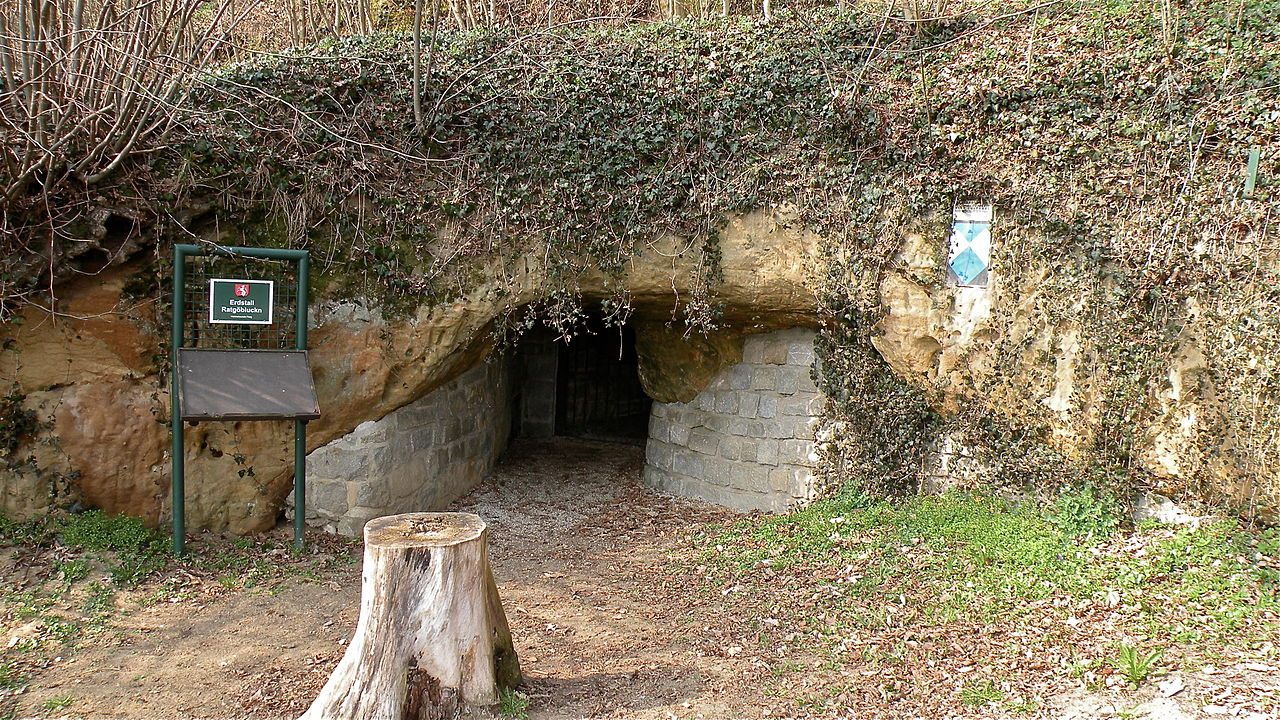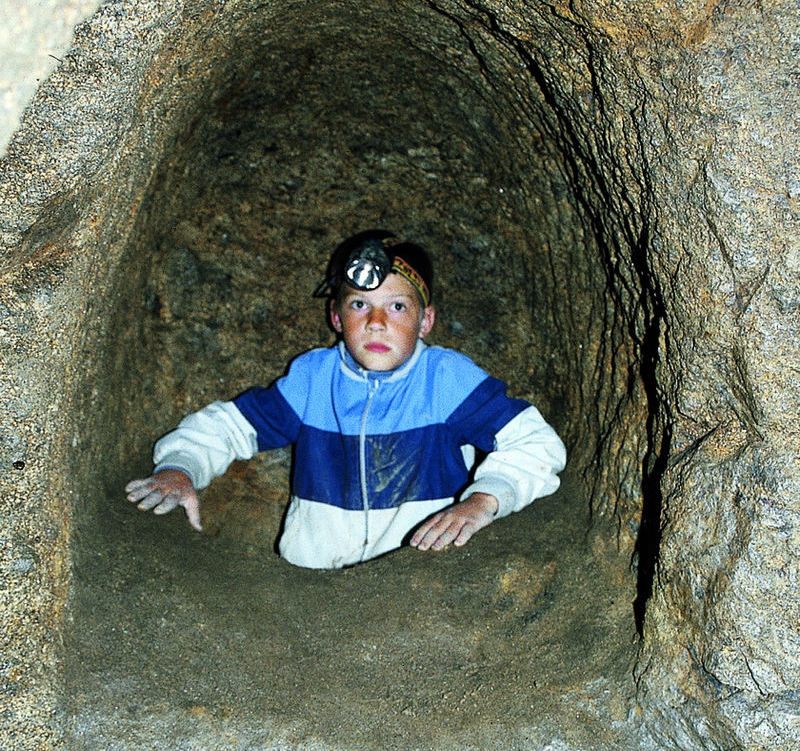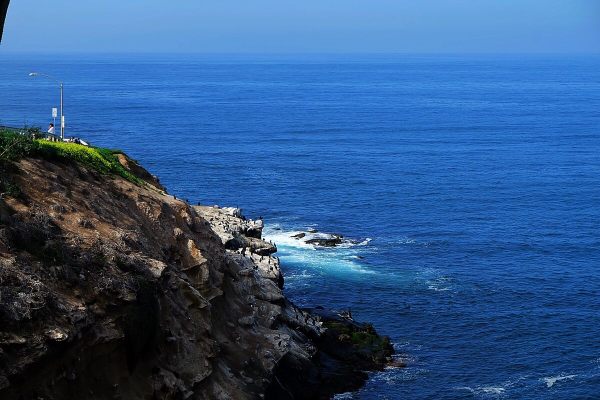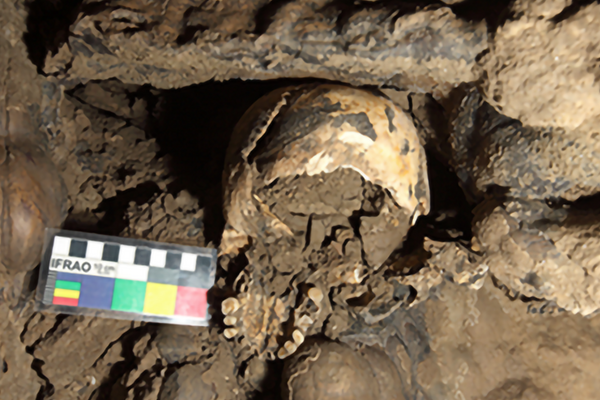We Still Don’t Know Why Medieval Europeans Built Their Mysterious ‘Erdstall’ Tunnels

We know where this tunnel system is, we just don’t know why. (Image: Pfeifferfranz/Wikipedia)
Sometimes it feels like every corner of our planet has been mapped, catalogued, portioned up, explained, and generally drained of any of its mystery. Which is what makes the existence of the strange subterranean systems known as “erdstall” tunnels all the more surprising.
These unexplained passages number in the thousands, and are located in a mix of European countries. There are around 2,000 known erdstall tunnels throughout Europe, with the highest concentrations in Bavaria (some 700), and Austria (another 500). They have also been found in France and Great Britain. Researchers are at a loss as to their origins and uses.
There are countless earthen tunnel systems around the world, but a few features distinguish erdstall tunnels. The term “erdstall” is German, loosely translating to “earth stable” or “mining tunnel.” The label has come to be associated with a very specific variety of human-made subterranean passages. Generally speaking, an erdstall system is made up of narrow tunnels that have been carved into a smooth, ovular shape, aligned either vertically or horizontally. The passages tend to be notably tight, measuring only a few feet tall by a few feet wide. Some of the discovered erdstall tunnels contain crude structures in their terminus that could have been benches, although who would have wanted to sit there in the dark is unknown.
Another aspect of the tunnels are choke points called “schlupfs” or “slip outs.” These uncomfortably tight holes would act as transition points between portions of the passages dug at a higher or lower elevation, requiring anyone passing through to contort and squeeze their way by. Erdstall tunnels are also notable for having only one point of entry and exit, usually tucked away in the footprints of old settlements, or even hidden in the wilderness. This feature made the air flow through the tunnels nearly non-existent.

A child squeezing through a vertical erdstall slip out. (Image: OgreBot/Wikipedia)
The single most common trait among erdstall tunnels is a sense of mystery. While it is likely that such tunnels were created during the Middle Ages, as far back as the 12th century, the complete lack of archaeological signifiers found in the barren underground passages makes them difficult to date. In addition, the historical record does not contain any known account of the tunnels’ construction.
Given their strange appearance, and even odder lack of artifacts, no small amount of speculation has arisen regarding the use and purpose of these tunnels. In a 2011 article in Der Spiegel that sparked a rush of online interest in erdstall tunnels, a number of possible meanings were put forth. One theory is that the tunnels were used for storage, but the narrow slip passages—and the fact that many of them lie below the waterline and occasionally fill with water—make this seem largely impractical.

One of the tight erdstall tunnels. (Image: Franz Pfeiffer/Wikipedia)
Another popular explanation, championed in the article by erdstall researcher Josef Weichenberger, described the tunnels as essential hiding places for farmers looking to avoid marauding tribes. In Weichenberger’s view, the peasant carvers of the erdstall passages would take temporary shelter in the tunnels along with their valuables, allowing the rampaging hordes to pass overhead. The slip outs separating the chambers, Weichenberger said, were put in place to trap oxygen in each section, so people could move deeper as the oxygen in their chamber depleted.
The tunnels-as-defense explanation is problematic not just because the erdstall passages are so claustrophobic, but because they only have one entrance, making them little more than long earthen coffins for anyone trying to hide or escape through them. Even if they were used as temporary shelter, the ability to cut off the air supply to the entire system via the single entrance makes the proposition extremely dangerous. But not impossible.
While Weichenberger has rejected the idea that the tunnels had a spiritual purpose, given the lack of records pertaining to the creation of the erdstall systems, it seems like they could have been almost anything. Der Spiegel says that that they might have been created as way stations for the souls of the deceased, or even hideouts for demons and dark spirits. In Austria, local folklore suggests that they were built by goblins.

The dark, mysterious halls of an erdstall. (Image: Wolfgang Sauber/Wikipedia)
Conversely, the tight slip outs have also been likened to symbolic birth canals, with the implication that the erdstall tunnels may have served as locations of ceremonial rebirth, in which people attempted to slough off disease and sickness as they squeezed through the tight openings. (If this sounds appealing, note that most of the discovered erdstall systems are closed to the public because they are so narrow, but there are a few, such as the Erdstall Ratgöbluckn in Perg, Austria, that allow visitors to enter their claustrophobic confines.)
While the erdstalls seem reluctant to give up their secrets any time soon, a collection of researchers known as the Working Group for Erdstall Research continue to search for answers. They are committed to finding the truth behind the strange tunnels, and have been sharing their findings at annual meetings. Using new techniques such as 3D surveying, and continuing to hypothesize about the original purpose of the tunnels, they hope to one day discover the true meaning of the erdstall passageways. At the 2014 meeting, it was suggested that the tunnels may have been ill-conceived dwellings that were abandoned once their flaws became apparent. The list of possible intended uses continues to grow.


















Follow us on Twitter to get the latest on the world's hidden wonders.
Like us on Facebook to get the latest on the world's hidden wonders.
Follow us on Twitter Like us on Facebook